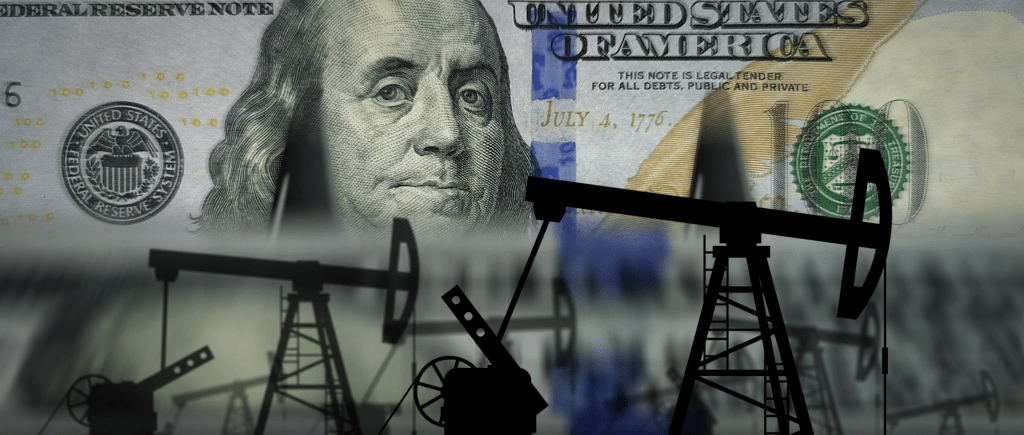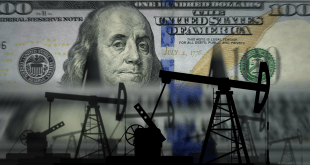Oil price marginally recovered after the House of Representatives voted through the debt-ceiling extension bill on Wednesday evening. Gains were capped by higher-than-expected inventory levels.
Oil prices have been volatile in recent weeks due to a number of factors. The House of Representatives voted through the debt-ceiling extension bill on Wednesday evening, which led to a marginal recovery in oil prices. However, gains were capped by higher-than-expected inventory levels.
Several Fed officials signaled a “pause” may be appropriate at the June meeting, which weighed on the US Dollar. Data from the American Petroleum Institute (API) showed a larger-than-expected rise in Oil inventories, indicating ample supply.
Uncertainty over whether the Fed will hike or hold at the June 4 meeting shifted towards holding on Wednesday after Fed’s Philip Jefferson said he thought a pause before more hikes later might allow the economy time to digest current tightening and avoid bank stress. Cleveland Fed President Loretta Mester, however, said she saw no “compelling” reason to pause.
Weak US Manufacturing PMI data for May has further pressured the US Dollar, giving a lift to Oil. The probability of future rate hikes has flipped from previously showing odds favoring a 0.25% hike in June to an over 60% chance the Fed will leave rates unchanged.
Two of OPEC+’s largest members, Russia and Saudi Arabia, appear to be clashing over policy ahead of the next OPEC+ meeting on June 4. Saudi Oil Minister Prince Abdulaziz bin Salman seemed to imply OPEC+ might cut production quotas when he warned speculators to “watch out”, while Russia’s Energy Minister Alexander Novak played down the idea of production cuts.
According to Fitch Solutions, Brent crude oil price expectations are softening as crude struggles to make gains. Brent is expected to average USD90/bbl in 2023, falling to USD83/bbl in 2024. However, according to The Balance Money, internationally, Brent crude oil price is expected to average $95.33/b in 2023 according to the Energy Information Administration’s (EIA) Short-Term Energy Outlook released on November 2022.
In conclusion, oil prices are influenced by many factors such as supply and demand dynamics, geopolitical tensions and economic indicators. While there are some positive signs for oil prices such as the debt-ceiling extension bill and weak US Manufacturing PMI data for May, there are also negative factors such as higher-than-expected inventory levels and uncertainty over whether the Fed will hike or hold at the June4 meeting. Brent crude oil price expectations are softening as crude struggles to make gains but there is still some optimism that it will recover in the long term.
 Noor Trends News, Technical Analysis, Educational Tools and Recommendations
Noor Trends News, Technical Analysis, Educational Tools and Recommendations





